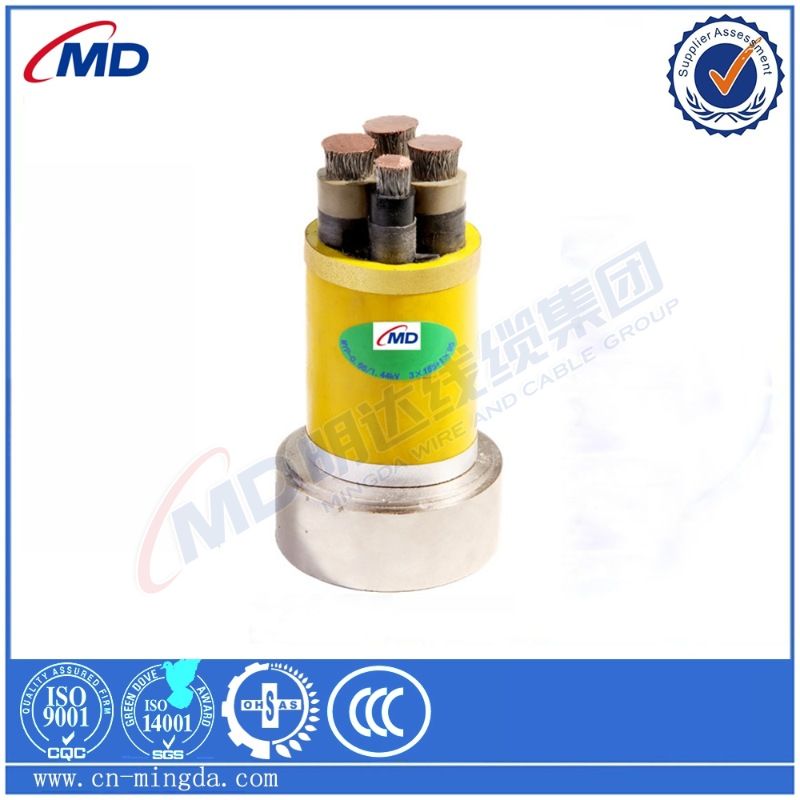Nov . 15, 2024 06:17 Back to list
water main air release valve
Understanding Water Main Air Release Valves
Water distribution systems are essential to providing clean and safe drinking water to communities. One of the critical components of these systems is the air release valve. Particularly in water main pipelines, these valves play a significant role in maintaining system efficiency and reliability. In this article, we will explore the function, importance, and types of air release valves used in water mains.
The Function of Air Release Valves
Air release valves, as the name suggests, are designed to release trapped air in water pipelines. When water is pumped through a pipeline, various factors can lead to the entrapment of air. These include changes in elevation, variations in flow rates, and even the construction of the pipeline itself. The presence of air bubbles can create several issues, such as
1. Reduced Pressure Air pockets can cause pressure fluctuations, leading to inefficiencies in water transport. This pressure drop can impede the flow of water, making it difficult to maintain adequate service levels.
2. Water Hammer Effects Trapped air can exacerbate water hammer— a phenomenon that occurs when water flow is suddenly stopped or changed. This can result in damaging pressure surges within the pipeline.
3. Corrosion and Damage Air can lead to oxidation and corrosion of the pipeline materials. Over time, this can cause significant damage, leading to leaks and costly repairs.
Importance of Air Release Valves
The installation of air release valves is crucial for several reasons
- Enhanced System Efficiency By allowing trapped air to escape, these valves help maintain optimal pressure in the pipeline. This ensures a more efficient transport of water, reducing energy consumption and operational costs.
water main air release valve

- Extended Lifespan of Infrastructure Addressing air entrapment reduces the risk of damage to pipes and fittings, ultimately extending the lifespan of the infrastructure
. This can lead to substantial savings over time.- Improved Water Quality Air release valves aid in maintaining consistent pressure, preventing the stagnation of water that can lead to reduced water quality.
Types of Air Release Valves
There are several types of air release valves commonly used in water mains
1. Automatic Air Release Valves These valves automatically expel air from the pipeline without the need for manual intervention. They are equipped with a float mechanism that detects air presence and opens to release it.
2. Combination Air Valves These versatile valves serve as both air release and air intake. They can release trapped air during normal operations and allow air to enter the system during a depressurization event.
3. Diffuser Air Valves Designed specifically for larger diameter pipes, these valves focus on reducing the release velocity of air to minimize the potential for water hammer.
Conclusion
In summary, air release valves are an essential component of any water distribution system, particularly in water main pipelines. They play a vital role in enhancing operational efficiency, preventing damage, and ensuring the delivery of high-quality water. By understanding the importance and function of these valves, water utility managers can ensure their systems operate smoothly and reliably. As communities continue to grow and the demand for water increases, the role of air release valves becomes even more critical in modern water management practices.
Share
-
Reliable Wafer Type Butterfly Valves for Every IndustryNewsJul.25,2025
-
Reliable Flow Control Begins with the Right Ball Check ValveNewsJul.25,2025
-
Precision Flow Control Starts with Quality ValvesNewsJul.25,2025
-
Industrial Flow Control ReliabilityNewsJul.25,2025
-
Engineered for Efficiency Gate Valves That Power Industrial PerformanceNewsJul.25,2025
-
Empowering Infrastructure Through Quality ManufacturingNewsJul.25,2025